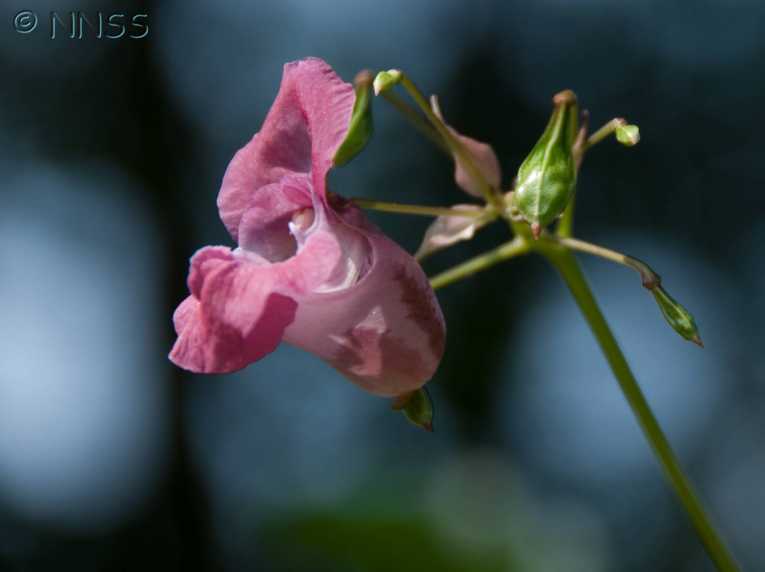Last week, the UK Environment Agency identified the 10 most threatening non-native invasive species which are spreading across UK waters. The list includes species such as Himalayan Balsam (above), Japanese Knotweed, Water Primrose, Killer Shrimp and American Signal Crayfish.
These species have real impacts upon the ecosystems which they invade. Himalayan Balsam, for example, reduces species richness and can contribute to river bank erosion due to its annual cycle of dieback in winter.
Japanese Knotweed is incredibly invasive, and can grow from just a small fragment of stem- it is actually treated as controlled waste under the Environmental Protection Act. Killer Shrimp has been discovered at three UK locations, and is named because of its voracious appetite for native species of young fish, shrimp and insect larvae. Clearly, if left unchecked these species have the potential to drastically alter the ecology of UK waters.
And if that's not a good enough reason to prevent the spread of these species, let's talk money. The damage inflicted is costly - for example, reducing the amenity value of rivers and lakes, reducing fish stocks, delaying construction work and contributing to flooding. The annual cost of invasive non-native species in Europe is estimated as at least 19.1 billion Euros a year.
Furthermore, there are targets under the EU Water Framework Directive regarding the ecological health of rivers. If these are not met by 2015, the UK could face fines running to millions of pounds. British rivers are currently cleaner than they have been for decades but there are fears that the presence of invasive flora and fauna could result in failure to meet targets.
The way in which the government has dealt with invasive species is fairly impressive. The 'Invasive Non-Native Species Framework Strategy for Great Britain' was developed in 2008, led by the Environment Agency. This aimed to instigate a co-ordinated effort to tackle invasive species and create a sense of shared responsibility across government, key organisations, land managers and the public. This shared responsibility is important- the interconnected nature of our rivers and streams means that the careless actions of just one person can result in a widespread problem and render any effort to eradicate invasives utterly pointless.
Although the framework strategy was launched under a Labour government, its aspirations fit nicely with Cameron's 'Big Society' - it must be implemented from the bottom up, and its success depends largely on volunteers. As an example of this, we can take a look at the 'New Forest Non-Native Plants Project', which is run by the Hampshire and Isle of Wight Wildlife Trust. This was set up in 2009 and aims to control the spread of invasive plant species in the New Forest National Park, which is one of the most important areas for wildlife in Western Europe.
The project is a joint partnership with the Environment Agency, the Forestry Commission, Natural England, DEFRA and the New Forest National Park Authority, so there is a lot of vested interest. However, the hard work, enthusiasm and dedication required to address non-native species comes from volunteers and the project officers at the wildlife trust. Throughout summer the project officers arrange for volunteers to meet at locations in the New Forest to pull up Himalayan Balsam by hand. Surveys indicate that this has successfully reduced numbers of the species. Without volunteers, this simply would not have been possible.
In order to prevent the spread of invasive species, increasing public education is vital. Invasive species are often spread by people dumping aquatic plants into rivers, planting non-native species as ornamental plants in their gardens or not adequately cleaning fishing equipment. Land owners must be made aware of the potential impacts of allowing invasive species to become established on their land. In the case of invasive species, prevention and cure are required and the public can contribute to both.
For further information on invasive species, visit: GB Non-native species secretariat.
Top Image: Himalayan Balsam (Impatiens glandulifera) - Credit: © GB NNSS










